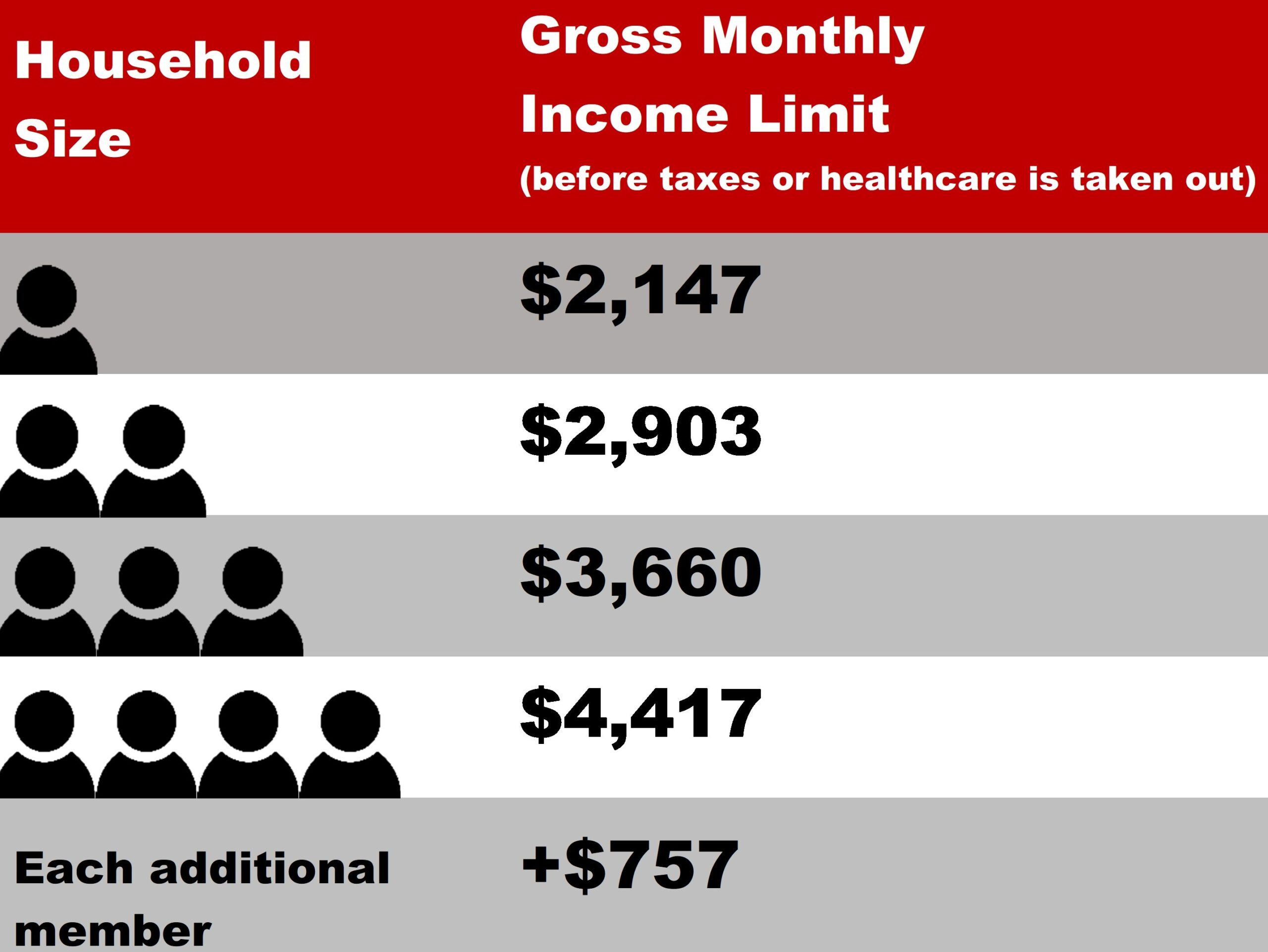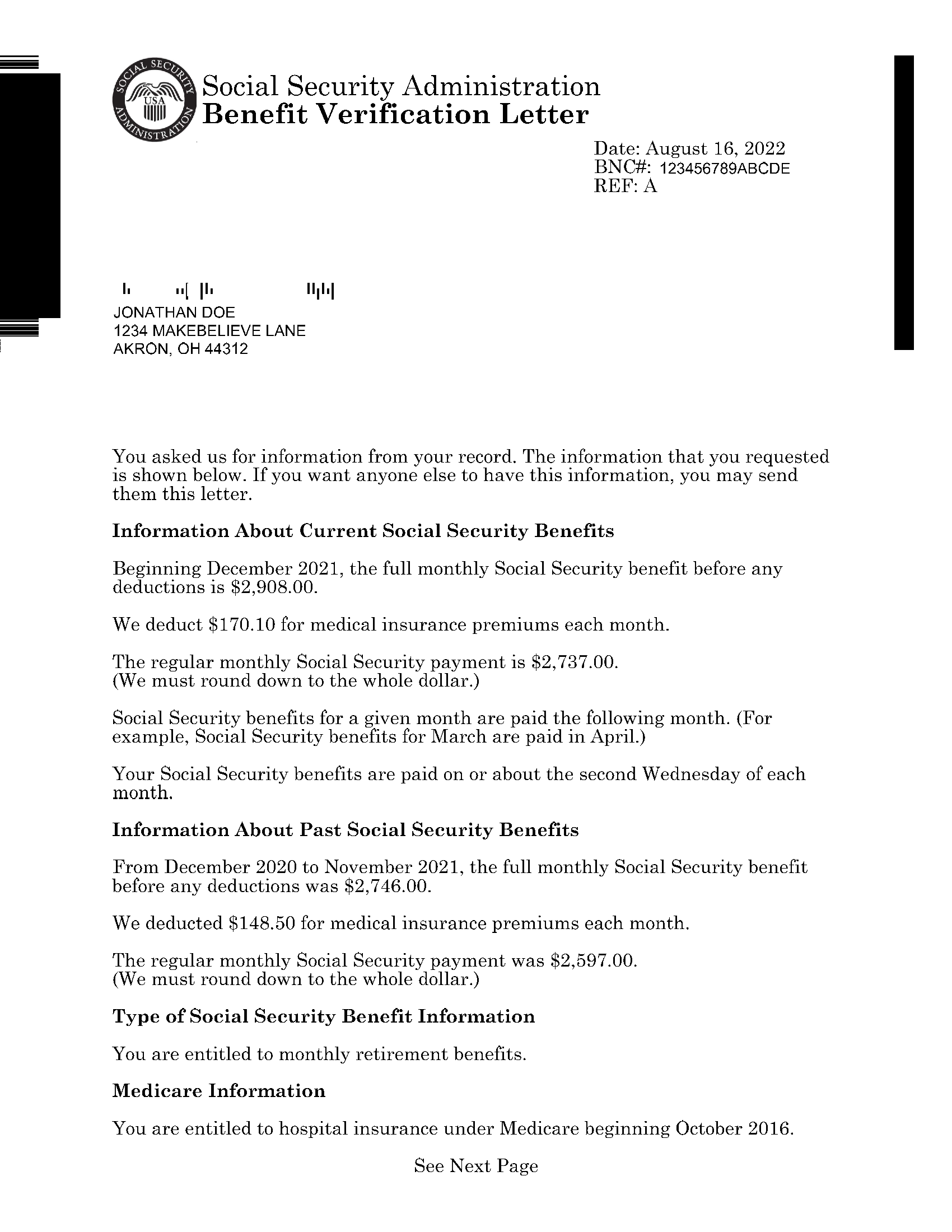NEW INFO | Discussing the latest information from various media and various fields
DWP Benefit Warning Letters: Essential Guidelines For Understanding And Responding
Understanding DWP Benefit Warning Letters: A Guide to Responding Effectively
Our team analyses and collate the most up-to-date information on DWP Benefit Warning Letters: Essential Guidelines For Understanding And Responding. This guide is designed to empower you with the knowledge and confidence to effectively respond to these letters, ensuring your rights are protected, and any potential issues are addressed swiftly.
Key Differences: Understanding the Types of Warning Letters
Not all warning letters are the same. The DWP issues various types depending on the severity of the issue and the potential impact on your benefits. Here are the key differences to note:
| Type of Warning Letter | Description | Potential Impact |
|---|---|---|
| Initial Warning Letter | A general warning about potential issues with your benefit claim. | No immediate impact on benefits. |
| Final Warning Letter | Issued after an initial warning is ignored. | Can lead to a reduction or suspension of benefits. |
| Decision Letter | Confirms a decision made by the DWP regarding your benefit claim. | May result in changes to your benefit payments. |
Responding to DWP Benefit Warning Letters
FAQs
Benefit Warning Letters are formal notifications from the Department of Work and Pensions (DWP). These letters are meant to inform you of potential changes or issues with your benefits. It's crucial to understand the content and respond promptly to avoid any negative impact on your benefits. Here are some frequently asked questions to help you navigate these letters:

Va Benefit Amounts 2024 - Source kirbyangels2feschematic.z19.web.core.windows.net
Question 1: What do DWP Benefit Warning Letters usually contain?
These letters typically outline any potential deductions, suspensions, or other changes to your benefits. They may also request additional information or ask you to attend an interview to clarify your situation.
Question 2: How should I respond to a Benefit Warning Letter?
Read the letter carefully and follow the instructions provided. Gather any requested documentation, and respond within the specified timeframe. Be clear, concise, and provide evidence to support your case if necessary.
Question 3: What happens if I don't respond to a Benefit Warning Letter?
Failing to respond promptly can result in the DWP making a decision based on the available information. This may lead to changes or suspensions in your benefits, so it's essential to address the letter as soon as possible.
Question 4: Can I challenge or appeal the contents of a Benefit Warning Letter?
Yes, you have the right to challenge or appeal the decision outlined in the letter. You can do this by contacting the DWP or seeking support from a welfare rights advisor or other support organization.
Question 5: Where can I get help and advice on Benefit Warning Letters?
You can seek guidance from organizations such as Citizens Advice, local law centers, or welfare rights advisors. They can provide free and confidential support, helping you understand your rights and options.
Question 6: What are the potential consequences of ignoring a Benefit Warning Letter?
Ignoring the letter could result in deductions, suspensions, or even termination of benefits. It's crucial to engage with the DWP to avoid any detrimental impact on your financial situation.
It's important to remember that Benefit Warning Letters are intended to inform you of potential changes or issues with your benefits. Understanding their content and responding promptly can help you retain or regain your entitlements. Don't hesitate to seek support if you need assistance in navigating these letters.
Tips
If you receive a DWP Benefit Warning Letters: Essential Guidelines For Understanding And Responding, it's crucial to understand its contents and respond appropriately. Here are some essential tips to help you navigate this process effectively:
Tip 1: Understand the Reason for the Letter:
Begin by thoroughly reading the letter to determine the specific reason for its issuance. Identify whether it's a warning, a notice of change, or a request for additional information.
Tip 2: Check the Deadlines:
Note any deadlines mentioned in the letter, especially for responding or providing requested documentation. Complying with these deadlines is crucial to avoid potential penalties or delays in benefit payments.
Tip 3: Gather Required Information:
If the letter requests specific documents or information, promptly gather and organize them. Prepare copies of any proofs or supporting evidence to provide a clear response.
Tip 4: Respond Clearly and Concisely:
When responding to the letter, ensure that your communication is clear, concise, and provides all necessary information. State your case objectively, providing evidence to support your position.
Tip 5: Keep a Record of Communication:
Document all interactions with the DWP, including phone calls, emails, and letters. Keep copies of any correspondence for future reference or if you need to follow up on your case.
Following these tips can help you effectively understand and respond to DWP Benefit Warning Letters. By addressing the issue promptly, providing accurate information, and keeping a record of communication, you can increase your chances of resolving the matter favorably.
DWP Benefit Warning Letters: Essential Guidelines For Understanding And Responding
Navigating DWP Benefit Warning Letters requires careful attention, comprehension, and appropriate reactions to safeguard benefits. Six crucial aspects stand out: Recognizing Types, Understanding Reasons, Seeking Advice, Responding Promptly, Compiling Documents, and Considering Appeals. Each facet plays a vital role in ensuring benefits are retained or disputes resolved effectively.
- Understanding Types: Differentiating between advisory, warning, and termination letters is key.
- Clarifying Reasons: Determining the specific reasons for the warning is crucial for addressing them.
- Seeking Guidance: Consulting with advisors, such as Citizens Advice or a welfare rights organization, provides valuable support.
- Responding Timeously: Prompt responses demonstrate attention and willingness to resolve the issue.
- Document Gathering: Compiling relevant documents, including correspondence, payslips, and medical records, strengthens any case.
- Considering Appeals: Understanding appeal rights and procedures empowers individuals to challenge decisions if necessary.
These essential aspects form the foundation for understanding and effectively responding to DWP Benefit Warning Letters. Recognizing the potential consequences and implications of these letters highlights the importance of seeking guidance, responding swiftly, and considering appeal options. By navigating this process with clarity and understanding, individuals can safeguard their entitlements and protect their financial well-being.

How to get an Apostille for a Social Security Benefit Verification - Source floridadocument.com
DWP Benefit Warning Letters: Essential Guidelines For Understanding And Responding
In the realm of social welfare, understanding the complexities of government benefit systems is crucial for individuals seeking financial assistance. One aspect demanding attention is the receipt of warning letters from the Department for Work and Pensions (DWP). These letters serve as a form of communication regarding potential issues or discrepancies in an individual's benefit claim. Failure to comprehend and respond to these letters can have severe consequences, including the reduction or termination of benefits.

Excessive Absenteeism Warning Letter: 4 Templates (Free) - Writolay - Source writolay.com
Understanding the content of DWP benefit warning letters is essential for taking appropriate action. The letters typically outline the potential issue, provide a deadline for response, and include instructions on how to submit the necessary information. Ignoring or failing to respond to these letters can result in the DWP making a decision without considering the individual's perspective, which could lead to incorrect or unfair outcomes.
Responding effectively to DWP benefit warning letters requires prompt action. The deadlines specified in the letters must be strictly adhered to, as late submissions may not be considered. When responding, it is imperative to provide clear and concise information that directly addresses the issue raised in the letter. Supporting evidence, such as official documents or letters from relevant organizations, should be included to substantiate the individual's position. By providing accurate and timely responses, individuals can increase their chances of resolving the issue and maintaining their benefit entitlement.
The practical significance of understanding and responding to DWP benefit warning letters cannot be overstated. These letters provide an opportunity for individuals to proactively address any concerns or errors in their benefit claims. By taking the necessary steps to understand the content and respond effectively, individuals can ensure that their financial assistance is not jeopardized due to misunderstandings or missed deadlines.
Conclusion
In conclusion, understanding and responding appropriately to DWP benefit warning letters is paramount for individuals seeking to maintain their financial assistance. Failure to comprehend the content or respond within the specified deadlines can have detrimental consequences. By carefully reviewing the letters, gathering relevant supporting evidence, and submitting timely responses, individuals can proactively address any issues raised by the DWP, ensuring that their benefit claims are handled fairly and efficiently.
It is important to note that the complexities of benefit systems can be challenging to navigate alone. Seeking professional guidance from organizations or advisors specializing in welfare benefits can provide valuable support in understanding and responding to DWP warning letters, maximizing the chances of a successful outcome.